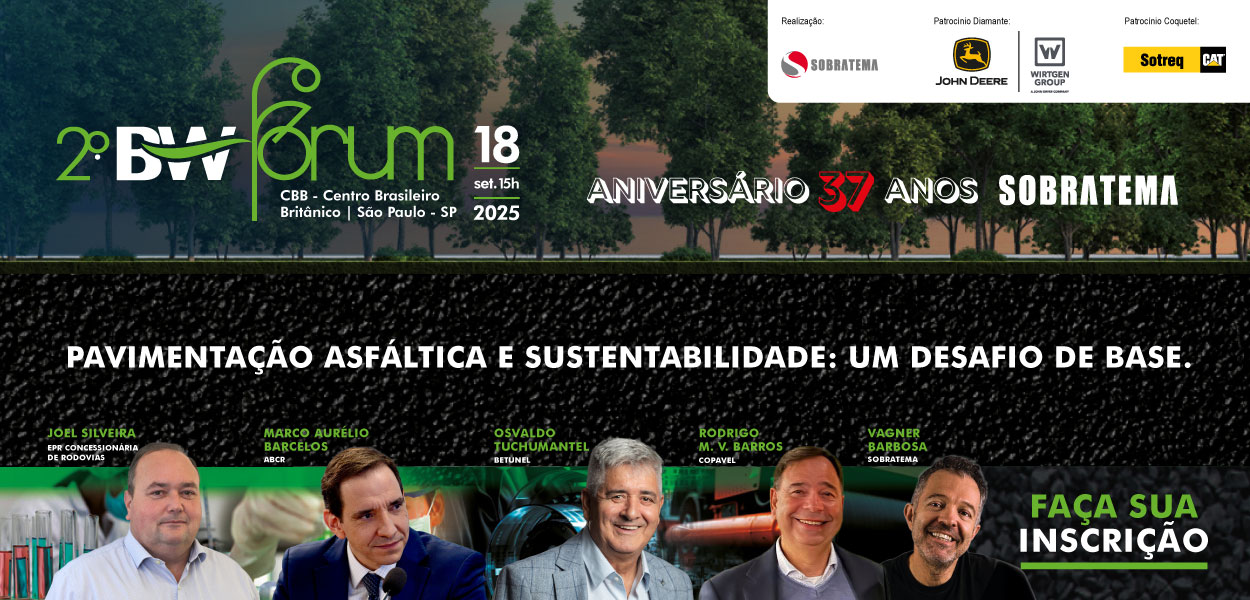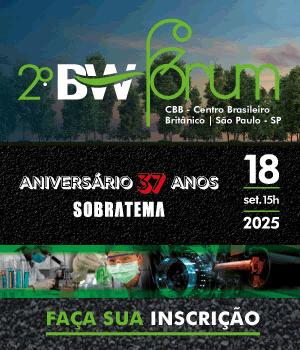Robots confirm the technical evolution in shotcrete operations
In Brazil, contractors are using this solution to optimize work schedules and to increase safety of the workers
In May, 2013, a robot started to operate in the works of São Conrado Tunnel, part of Line 4 of Rio de Janeiro subway. Looking from a distant point, the work of the professional that was responsible by spraying the concrete on the walls of the underground works seemed to a teenager playing a videogame. Actually he was remote controlling the operation of material spraying on the tunnel walls, process carried out by the mechanical arms of the equipment. At each hour, the robot sprayed 20 cu.mt. of concrete, equivalent to three trucks or twice the capacity of the process previously used in that place. The equipment—manufactured by Putzmeister and used by the Rio Barra Consortium—has higher productivity and works in a sustainable way, since it is directly connected to the power network and not to a diesel truck.
The concrete coating is used in tunnels excavated by the New Austrian Tunnelling Method (NATM) as a protection designed to prevent the loosening and deformation of the massive terrain at each step of drilling. One of the main advantages of NATM is the possibility of variation of the excavated section, which may be changed in any point, according to geometry needs or for excavation in parts, sometimes necessary in low-support materials or in places submitted to a strong hydrostatic pressure. Other measures related to the application of this method involve the lowering of water table, in addition to common activities such as injection of chemicals or cement. When TBMs are used, there is no demand for this support, since the motion of the machine is carried out by the reaction of jacks against the linings already installed.
According to the experts, there is still too much space for robotized shotcrete operations. Among contractors and construction consortiums, the trend is to work with the equipment known as gun. “The gun-type model is of old design, cheaper and of lower productivity, mainly in tunnels of large diameter and in other closed environments”, explains Marcelo Antonelli, CEO of Zoomlion Cifa Brasil, another manufacturer of robots for shotcrete applications. In his point of view, robots ensure precision in spraying and may use additives such as accelerating agents and air entraining admixture. In addition, they work with an average flow of 30 cubic meters per hour and are powered by a non-polluting motor.
This list of benefits is conquering worksites, since it brings technology, productivity and flexibility. Independently of using dry or wet process, these new machines ensure higher stability and support to the excavated terrain, mainly in underground works or slopes, replacing concrete pouring. In addition, robots are safer: remote operation prevents that workers have to remain in the place during the application. This is a particularly important detail since the pressure of compressed air makes easy the detachment of material, increasing the risk of accidents.
Automation is also interesting to reduce the deficit of infrastructure in Brazil, what also includes underground works. According to a partial research carried out by the Brazilian Committee of Tunnels and presented in 2012 at the 54th Brazilian Congress of Concrete, the total volume built in the 90s was less than 4 million cu.mt. In 2005, these figures jumped to more than 11 million cu.mt., almost three times the former volume. The construction of hydroelectric plants was the main responsible by works of this type of tunnels, followed by railways, subways and roads.
Besides Putzmeister, other players already are working to bring their robots to the worksites. “The equipment makes feasible the use of a quick solution, that accelerates the process of primary coating in soil or rock”, explains Antonelli, from Zoomlion Cifa Brasil. In the Concrete Show 2013, the company presented the Spritz, a robot with a pump specially designed for shotcrete, which may be used in tunnels and vertical surfaces. Remote operation allows the operator to stay 100 m away from the point of application, using a wireless control. The operation of the Spritz involves projection with controlled flow rate and pressure, in a way to allow concrete compaction. With compaction and resistance levels appropriate to the project, there is no need of using vibrators, according to Antonelli.
The Sales and Marketing Engineer from Copex, Fabio Letto de Mello, completes the evaluation of the experts of Putzmeister and Zoomlion Cifa. Dealer of the American company Reed Pumps, he says that the type of projection (manual, manual on platform or robotic) is what will ensure advantages such as a lower index of bouncing, productivity and fine material in suspension. Mello highlights also the higher safety of robot technology. Among his clients there are Geoconcret (that used shotcrete to refurbish a dry dock in the port of Rio de Janeiro) and G-Maia (that is also using this technique).

Av. Francisco Matarazzo, 404 Cj. 701/703 Água Branca - CEP 05001-000 São Paulo/SP
Telefone (11) 3662-4159
© Sobratema. A reprodução do conteúdo total ou parcial é autorizada, desde que citada a fonte. Política de privacidade











